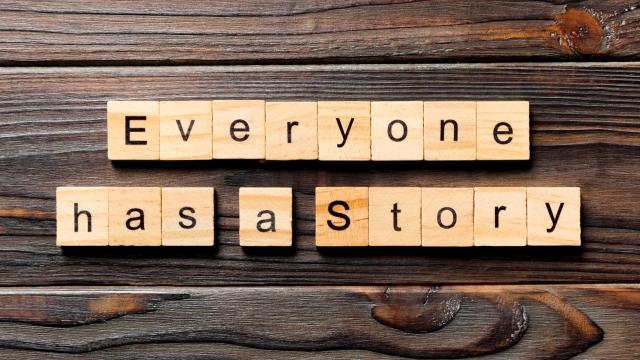
Image by Sosiukin on Adobe Stock
The exhibition Wadgayawa Nhay Dhadjan Wari ("they made them a long time ago" in Dharawal language), currently at the State Library of New South Wales (closing 5 May 2024), is a profound display of coastal Sydney Aboriginal cultural heritage. Curated in partnership with members of the La Perouse Aboriginal community, this exhibition showcases 30 significant Aboriginal objects chosen by knowledge-holders to return for a short time to Australia after 200 years from various institutions across the United Kingdom. The exhibition stands as a testament to the enduring cultural significance and history of First Nations people, offering visitors a rare opportunity to engage with objects from Port Jackson (Sydney Harbour), Botany Bay and the coastal hinterlands from Port Stephens to the Shoalhaven.
The exhibition is a key component in a collaborative Australian Research Council (ARC) funded discovery project led by Maria Nugent in the Australian Centre for Indigenous History at ANU, and involving the La Perouse Aboriginal community through the Gujaga Foundation and La Perouse Local Aboriginal Land Council, the British Museum in London, the Museum of Archaeology and Anthropology at Cambridge University, and the State Library. Other museums that have been involved by lending objects in their collections are the National Museums Scotland in Edinburgh, the Pitt Rivers Museum in Oxford, and the Cuming Museum in Southwark. Titled Mobilising Aboriginal Objects: Indigenous History in International Museums, the project aims to build knowledge about exceptional, but poorly-documented, Aboriginal objects from Sydney and NSW coast (c. 1770-1920s) in British and European museums and to find new ways for Indigenous communities to reconnect with and engage with their material culture distributed in museums in Britain and Europe. This involves collaborating on and leading research into the history, materials, construction, and provenance of the objects, co-curation and exhibition-making, and various community engagement activities. The exhibition runs from October 7, 2023, to May 5, 2024.
Projects like this one are part of a broader push to strengthen relations between Aboriginal communities and overseas museums by creating a model for collaborative research about historic objects. It benefits communities, governments, and museums by laying robust foundations for future projects seeking the return of Indigenous cultural heritage. A recent example of success in this area is the unconditional return to the La Perouse Aboriginal community of four spears taken by Captain Cook from Kamay (Botany Bay) in 1770. This took place on 23 April 2024 at Trinity College, Cambridge University, which has held the spears since 1771. It was the culmination of efforts over two or more decades to have the spears returned to the descendants of the people who made them.
The exhibition closes on 5 May 2024, more information about the exhibition here.